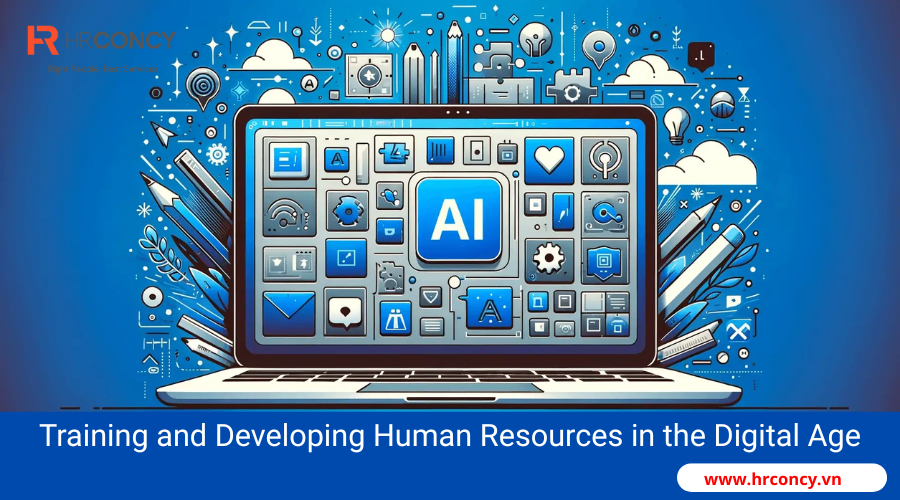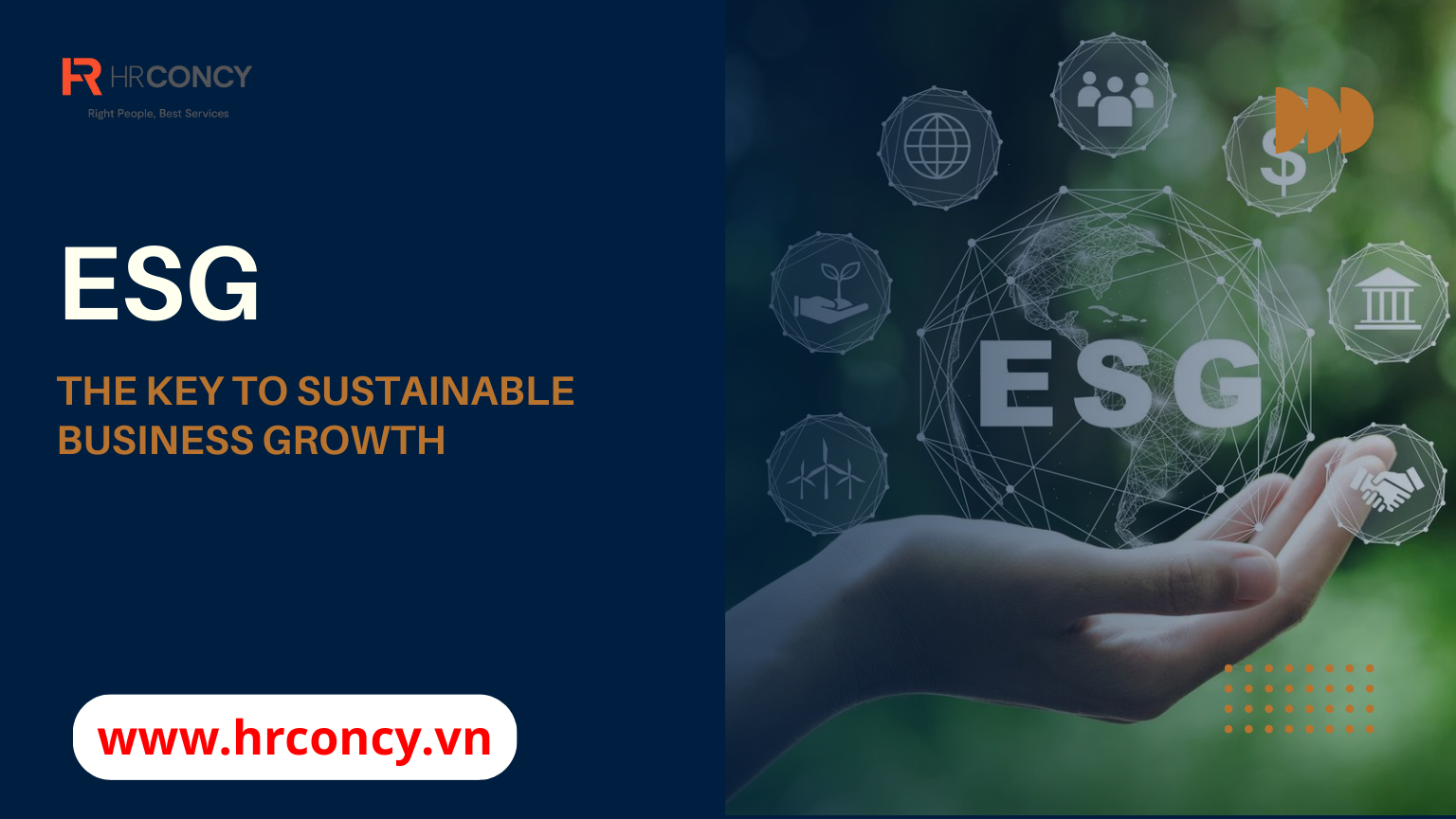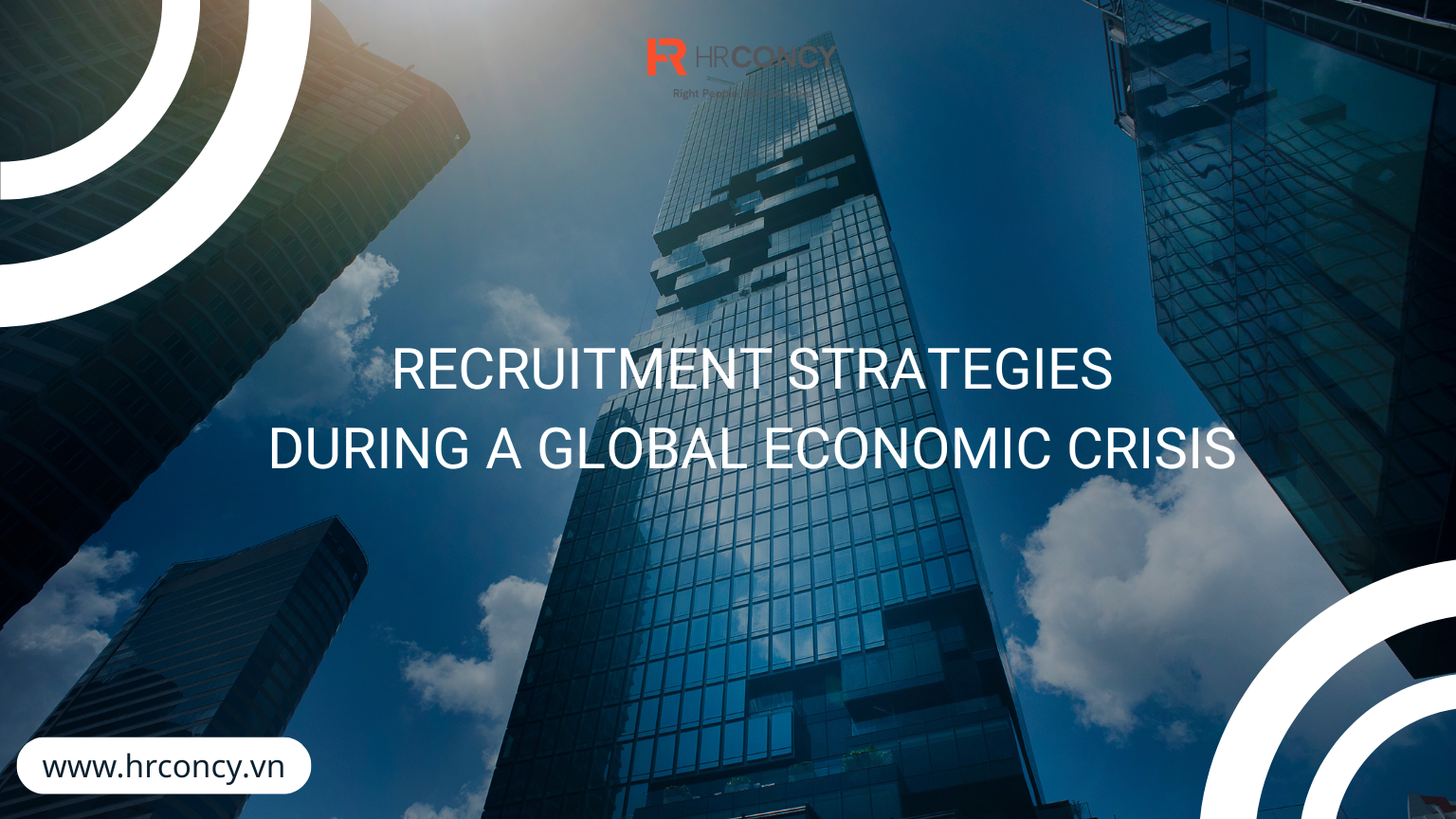How to Harmonize Different Generations in the Workplace
In today’s diverse workforce, employees from multiple generations—Baby Boomers, Generation X, Millennials, and Gen Z—bring unique perspectives, skills, and values to the table. A recent study found that 89% of workers across all generations view age diversity as a positive factor, citing the benefits of learning from one another. However, 78% also acknowledge that intergenerational collaboration can lead to conflicts. Balancing these differences is key to fostering a productive and cohesive workplace.
This article explores the challenges of managing a multigenerational workforce, the benefits of addressing these challenges, and practical strategies to create harmony among generations.

Understanding Generational Characteristics
Each generation has distinct traits shaped by their upbringing and societal context:
-
Baby Boomers (1946–1964): Known for loyalty, teamwork, and respect for authority, Boomers value stability and often have extensive industry knowledge.
-
Generation X (1965–1980): Independent and dedicated, Gen X prioritizes work-life balance and adapts well to change.
-
Millennials (1981–1996): Tech-savvy and socially conscious, Millennials seek ethical workplaces and value flexibility and purpose in their roles.
-
Gen Z (1997–2012): Ambitious and entrepreneurial, Gen Z is the most tech-proficient generation, often driven by innovation and career growth.
These differences can create dynamic teams but also pose challenges. Below, we outline common obstacles, the advantages of overcoming them, and actionable tips for success.
Challenges of Generational Differences
Managing a multigenerational workforce requires navigating several hurdles:
-
Intergenerational Conflict: Differing views on topics like politics or global issues can spark tension, impacting workplace culture.
-
Communication Preferences: Boomers favor face-to-face interactions, while Millennials and Gen Z lean toward digital tools like email or messaging, which can hinder collaboration.
-
Work Attitudes: Economic, technological, and cultural shifts have shaped each generation’s approach to work, making it challenging to align teams toward shared goals.
Why Addressing Generational Diversity Matters
Investing in intergenerational harmony yields significant benefits:
-
A Multigenerational Workforce Is Here to Stay: Longer lifespans and rising retirement ages mean older workers remain active, contributing valuable expertise.
-
Diverse Experiences Drive Innovation: Senior employees offer industry insights, while younger workers bring technological proficiency, creating a balanced skill set.
-
Younger Leaders Are Emerging: Millennials and Gen Z may take on leadership roles earlier, managing older colleagues and requiring adaptive management strategies.
-
Enhanced Problem-Solving: Research shows that diverse teams solve problems more effectively, boosting productivity and creativity.
Addressing these challenges ensures a collaborative environment that leverages each generation’s strengths.
Strategies for Managing a Multigenerational Workforce
Here are six practical tips to foster unity and maximize the potential of a diverse workforce:
-
Challenge Stereotypes: Avoid assumptions, such as labeling Boomers as resistant to change or Millennials as entitled. Approach each employee as an individual, understanding their unique experiences and contributions.
-
Provide Training for Adaptation: Offer programs to help employees navigate modern work practices, such as virtual collaboration tools or work-life balance strategies. Training bridges generational gaps and reduces resistance to change.
-
Incorporate Diversity and Inclusion Training: Promote a respectful workplace by educating employees on inclusion, addressing unconscious biases, and fostering mutual respect. Clear policies and values reinforce a collaborative culture.
-
Encourage Cross-Generational Collaboration: Assign diverse teams to projects based on skills, not age. This promotes knowledge sharing and sparks innovation through varied perspectives.
-
Foster Team Bonding: Organize activities like team-building events, workshops, or mentorship programs to build relationships. Regular interactions strengthen teamwork and break down barriers.
-
Offer Tailored Benefits: Address generational priorities, such as career development for younger workers or retirement plans for older employees. Transparent communication about flexible work options and benefits builds trust.
Finding Common Ground
While generational differences are significant, shared values unite employees across age groups. All workers seek fair compensation, a safe workplace, and opportunities to collaborate effectively. By addressing differences thoughtfully, organizations can create an inclusive environment that benefits everyone.
Managing a multigenerational workforce requires effort, but the rewards—innovation, productivity, and adaptability—are well worth it. By embracing diversity and fostering collaboration, companies can thrive in today’s dynamic business landscape and prepare for future challenges.
135 view







